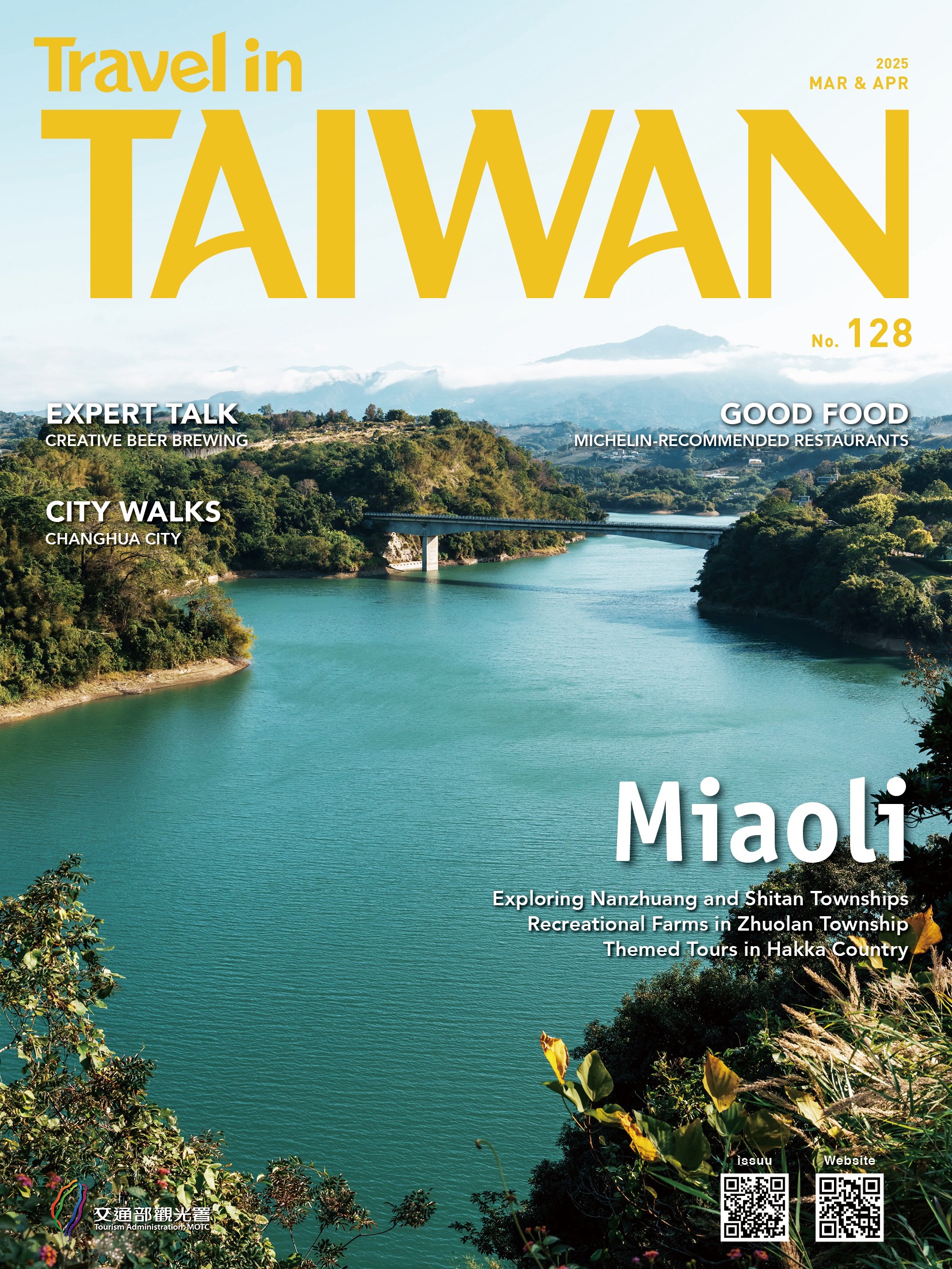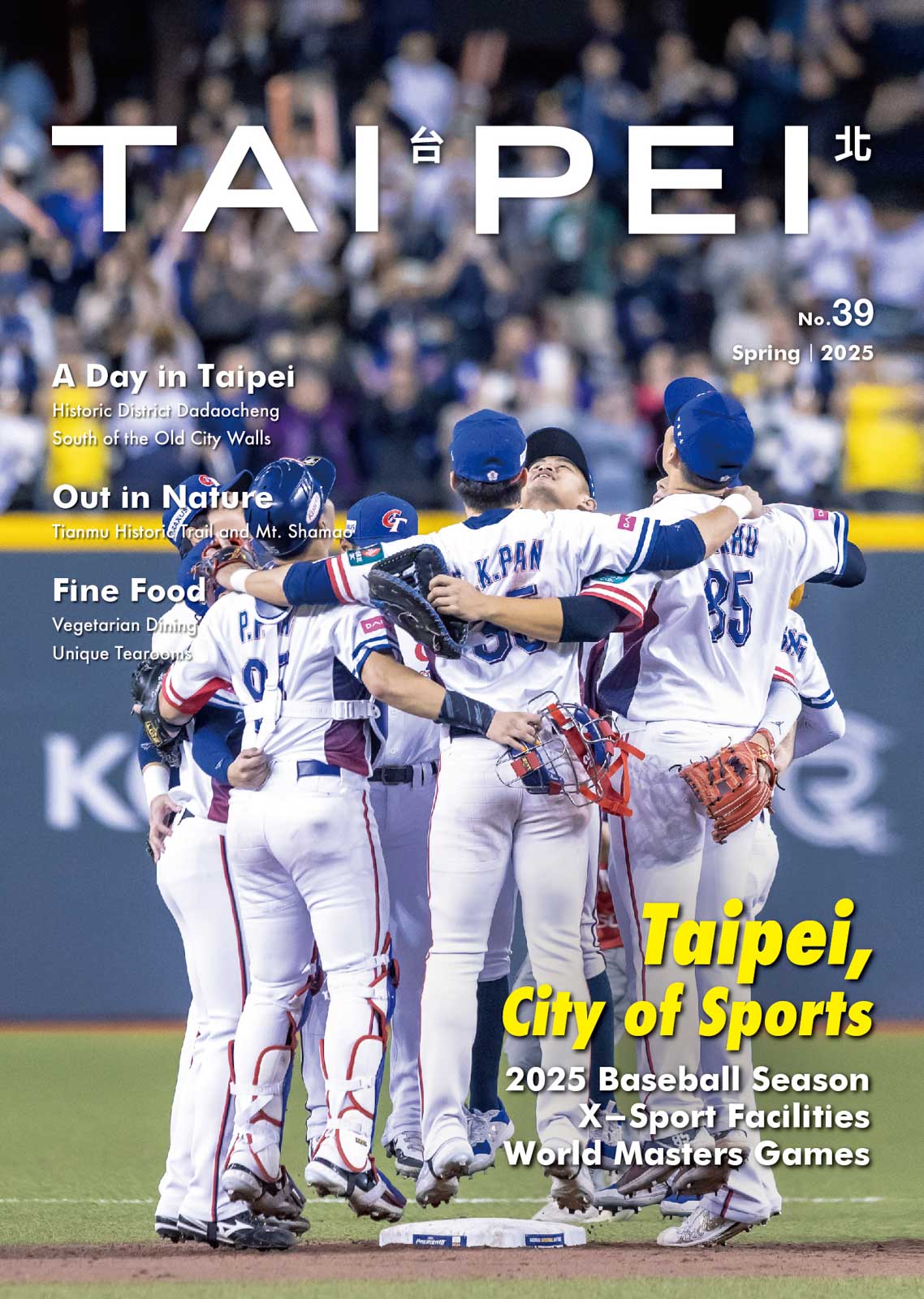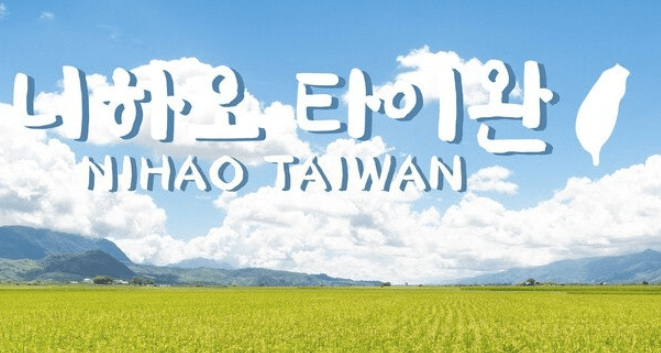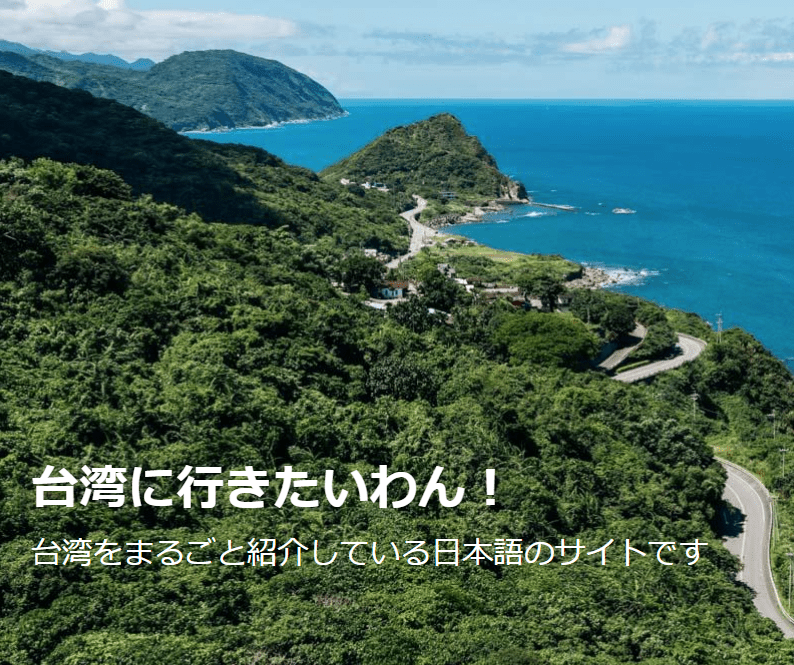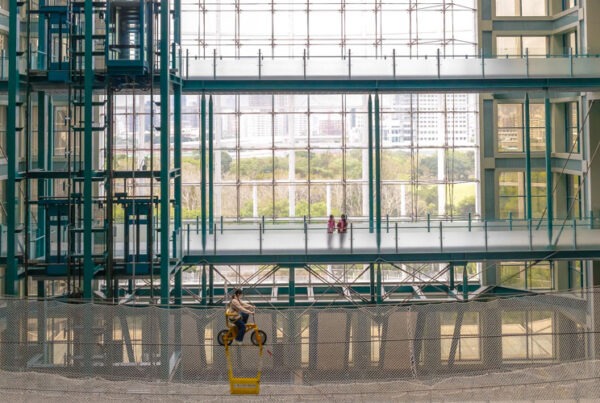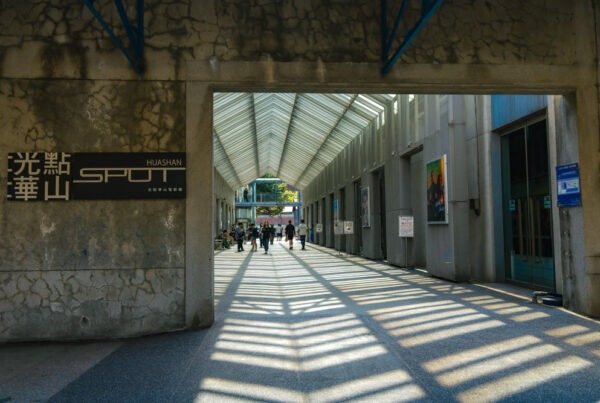The City’s Verdant Campuses Have Much in Store for Casual Visitors
TEXT | HAN CHEUNG
PHOTOS | VISION
Note: This article was published in the 2025 Summer Edition of TAIPEI magazine, a publication by the Taipei City Government.
Beyond their vital role in education and research, the universities in Taipei City offer a unique and often overlooked appeal to tourists. Step onto their green campuses and discover unexpected havens of tranquility, with park-like settings, interesting museums, and architecturally intriguing buildings.
These universities are more than places of learning, as several scenic campuses have become popular attractions with locals, especially during weekends, who come to exercise or just stroll around and soak in the vibrant atmosphere. There’s often some event going on, whether it be a concert, fair, cultural event, or rally for a social cause. Some universities even have quality museums, with exhibitions that showcase the institutions’ rich collections and cutting-edge research.
Tourists often bypass these intriguing school grounds for the more celebrated sights around town, but for those who have time, they’re well worth an afternoon expedition or two. Not only do they offer a pleasant refuge from the bustle of the metropolis, but they also provide valuable insights into Taiwan’s academic past and present.
The first college-oriented area in Taipei that usually comes to mind for a visit is the Gongguan neighborhood, home to the historic National Taiwan University campus, which possesses many century-old buildings. Nature lovers can head to the city’s outskirts to visit National Taiwan University of Arts in Beitou District, built along a steep grassy slope dotted with art installations, or unwind at National Chengchi University, nestled at the foot of Maokong’s lush hills in Wenshan District.
National Taiwan University
National Taiwan University (NTU) has been Taiwan’s undisputed top center of higher learning since its inception in 1928, when the Japanese, who governed the island at the time, established it as Taiwan’s first modern university. Expansion and renovation continued throughout the century, making the campus a microcosm of Taiwan’s architectural history. Several of its old buildings still bear the scars of the Allied bombings during World War II.
NTU remained the only institution of its kind until the 1950s, and students from across Taiwan vied for admission to this prestigious tertiary institution. This remained true in the 1990s, when there was even a well-known satirical comic about a group of cram school students whose sole aim was to gain entrance to this “promised land,” and it remains the case today. The school has produced countless notable alumni, including all five of Taiwan’s democratically elected presidents and a Nobel Prize winner.
The campus is steeped in history from its very entrance – the brick-and-stone main gate constructed in 1931, which features a guardhouse in the center, matches the color scheme of other campus buildings from the same period.

From here, the wide Royal Palm Boulevard stretches directly eastward as NTU’s main artery, lined with about 100 towering palm trees and rows of azalea bushes, teeming with sparrows. This path concludes at the Main Library, built in 1998 – an impressive five-story structure with arched windows and a bell tower echoing the style of the main gate. Enchanting, unobstructed sunrises and sunsets can be seen from the respective ends of the boulevard.
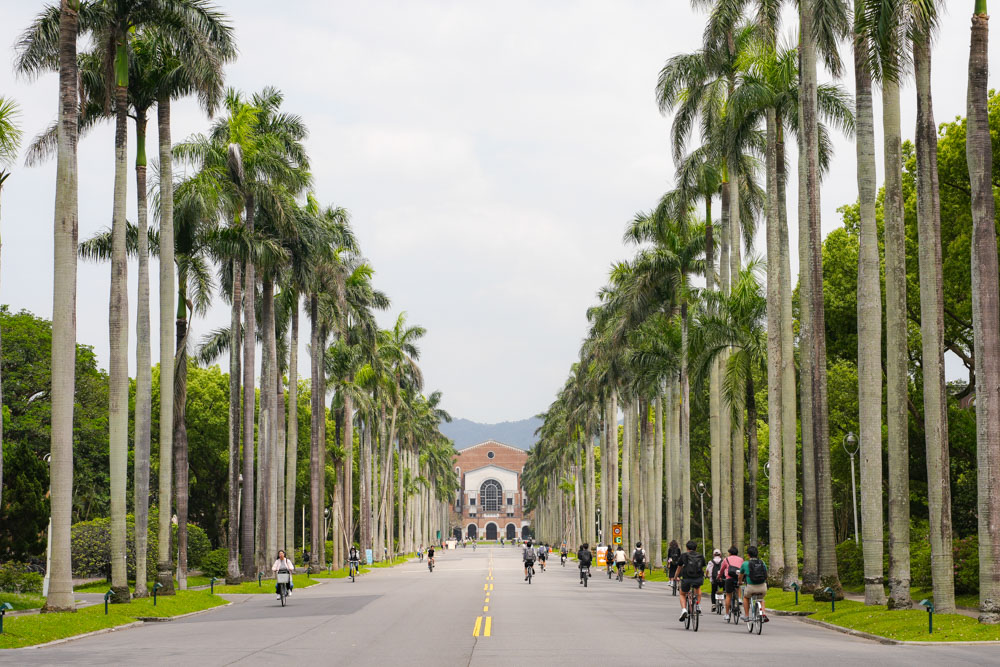
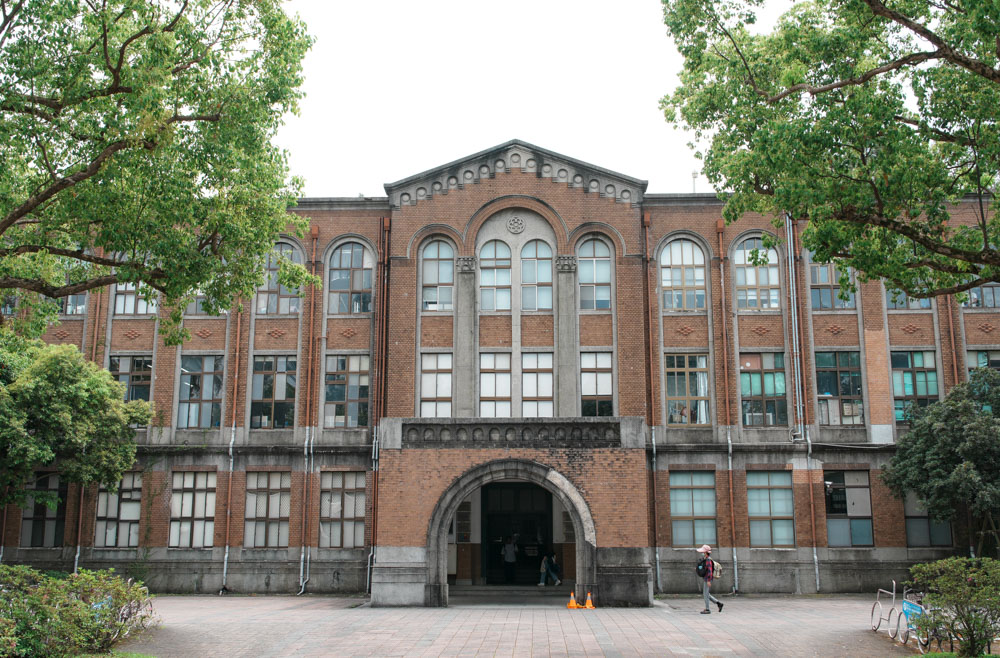

The College of Liberal Arts is a gem among the original structures, featuring an intricate Romanesque façade with a Japanese-style tiled roof and spacious portico. Make sure to check out the gorgeous central stairwell inside. Across the boulevard is the iconic Fu Bell, built in 1951 after the passing of former president Fu Ssu-nien. It rings 21 times at the end of each period, referencing Fu’s saying, “There are only 21 hours in a day because three should be reserved for self-reflection.”



Another Japanese-era landmark that stands out is the 20m-high chimney built in 1931 to serve the Department of Agricultural Chemistry’s fermentation lab. It’s one of the few industrial chimneys from that time that survives in Taiwan today.
For birdwatching, head toward Drunken Moon Lake. This lake was constructed when the area was farmland to regulate the flow of the Liugong Canal, used for irrigation, and in 2017, the school completed a project just south of the lake to restore a section of the canal’s hydrological landscape and vegetation.
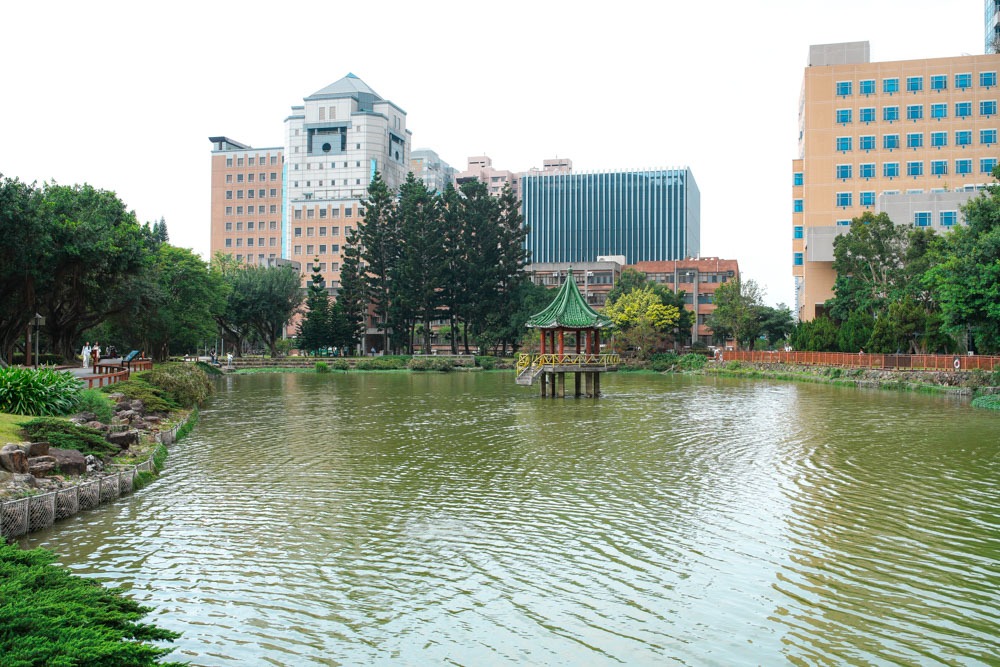
Many of the post-World War II buildings feature a distinctive blend of Chinese and Western characteristics, over 20 of them designed by famed architect Wang Da-hong. A prime example is the First Student Activity Center, a concrete structure with a folded-plate roof infused with various traditional Chinese elements, such as the bright-red doors adorned with black and gold.
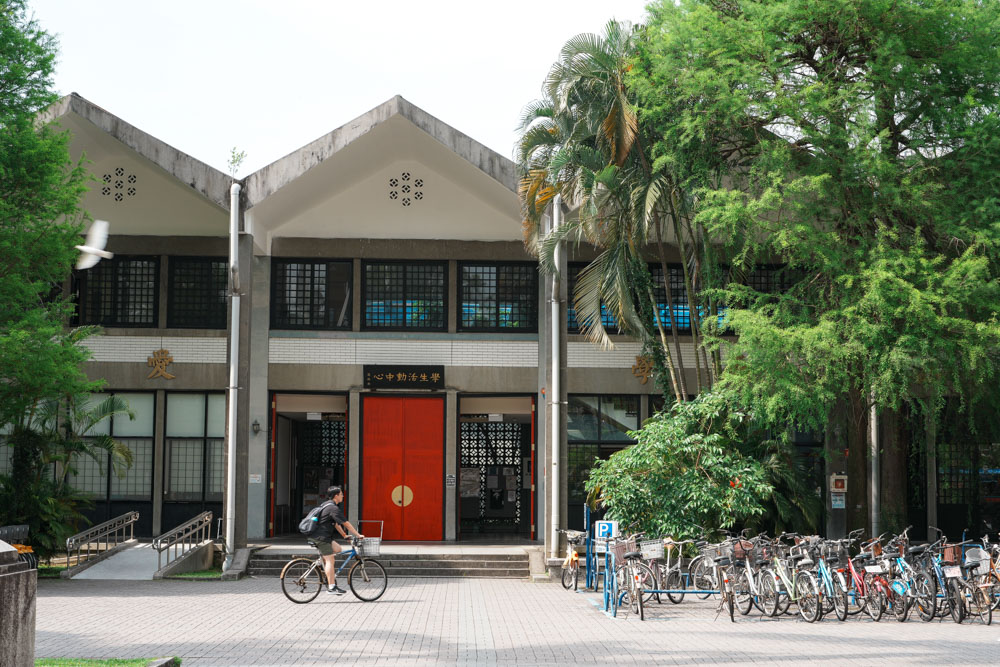
Those who seek peace and quiet can head to the experimental farm, stroll through the fields, and kick back at the visitor center’s café. Turning 101 this year, the fields are a drastic contrast to the busy throughways and tall buildings just outside the campus.
While exploring the various sights on campus, take the time to step into one of National Taiwan University’s 11 museums to learn more about its academic endeavors. From anthropology and botany to medicine, physics, or art, visitors will no doubt find much of interest.
A recommended place to start is the Gallery of NTU History, located in the Old Main Library building close to the main gate. The spacious gallery was once the study area for the library, and a section by the large arched windows has been restored with desks and lamps that survived the May 1945 bombing of Taipei, which destroyed the roof. The displays tell a detailed story of the university’s development and achievements over the past century, with many fascinating artifacts and photographs. Student life is also highlighted, as well as the school’s role in significant historical events.

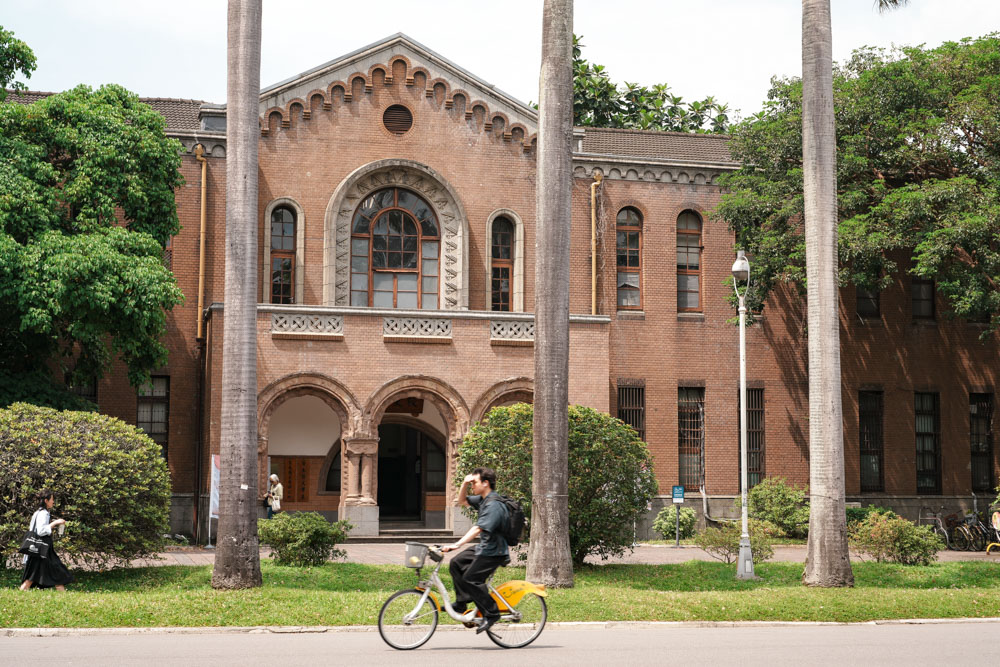
Adjacent to the gallery is the Museum of Anthropology, showcasing ethnographic and archaeological artifacts about Taiwan’s indigenous communities, mostly collected during the 1895-1945 Japanese era. One of the museum’s most prized objects is a four-sided ancestral pillar obtained in 1932 from the Paiwan chief Zingur’s old house in Kaviyangan Village, Pingtung County. With six fingers on each hand, the figure on the pillar represents the family’s female ancestor, Muakai. The village originally wanted the object back, but instead, an agreement was reached in 2014 to marry the pillar to NTU through a full traditional wedding, and in 2015, it was designated as a national treasure.
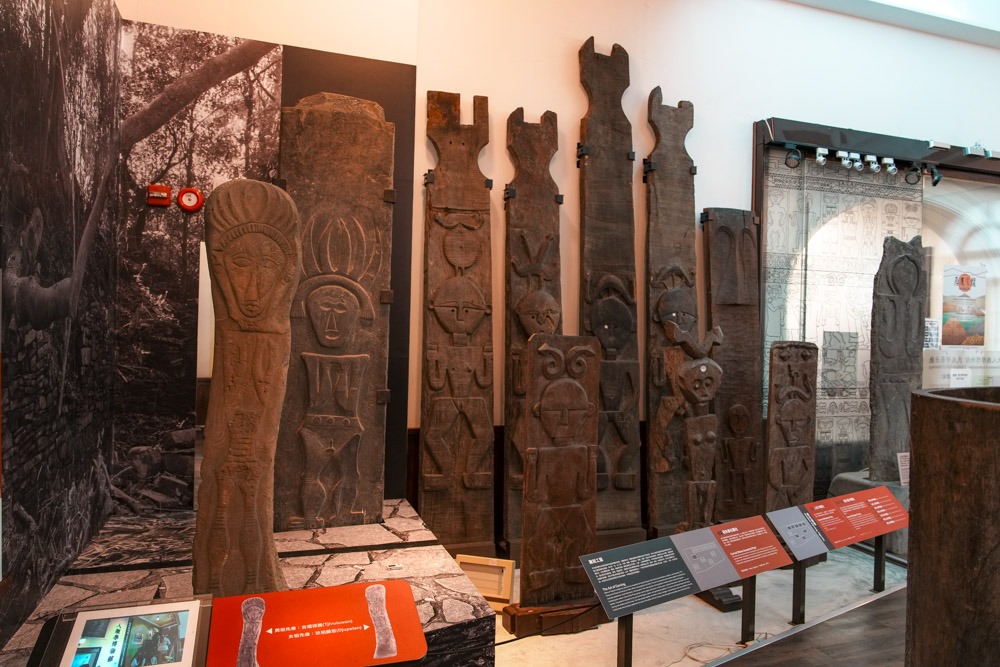

The Herbarium’s exhibition room presents a selection of the university’s collection of about 280,000 specimens from Taiwan, Southeast Asia, and the Pacific Islands. The small space is packed with various displays on the essentials of botany, and most of its furniture and cabinets are antiques procured from around campus. There’s a section on extinct plants, a spirit room with specimens preserved in liquids, and a hands-on ethnobotany room where visitors can learn about the uses of spices, herbs, and edible plants.

Visitors might find long lines at the Agricultural Product Sales Center, as its limited supply of baked goods, sliced bread, ice cream, and high-quality fresh milk, produced right here on campus, is quite popular with locals. Shoppers can enjoy their purchases at the pleasant outdoor patio.
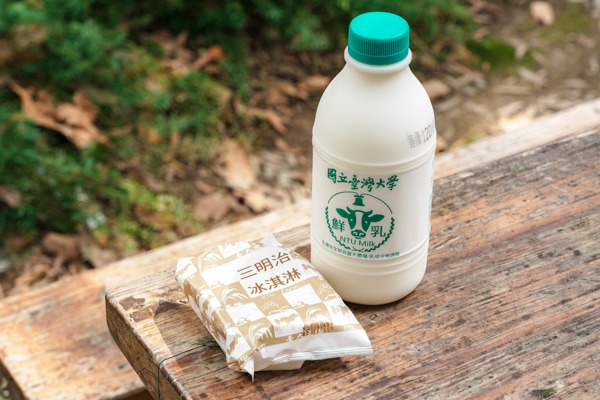
Souvenirs can be found across the campus, including the NTU Press Bookstore on the second floor of the Gallery of NTU History, as well as a Japanese-style green cottage, which was built in 1938 by the Old Botany Lab and remains a prime spot for photo ops. But the hottest new place to grab school-themed products is the NTU Hub and Store, which just opened its doors in December 2024. Occupying the first floor of the New Moon Pavilion building, this shop offers a staggering array of well-designed creative products such as hand-made soaps, placemats, and utensil sets, cellphone music amplifiers, campus-landmark LEGO sets, and more.
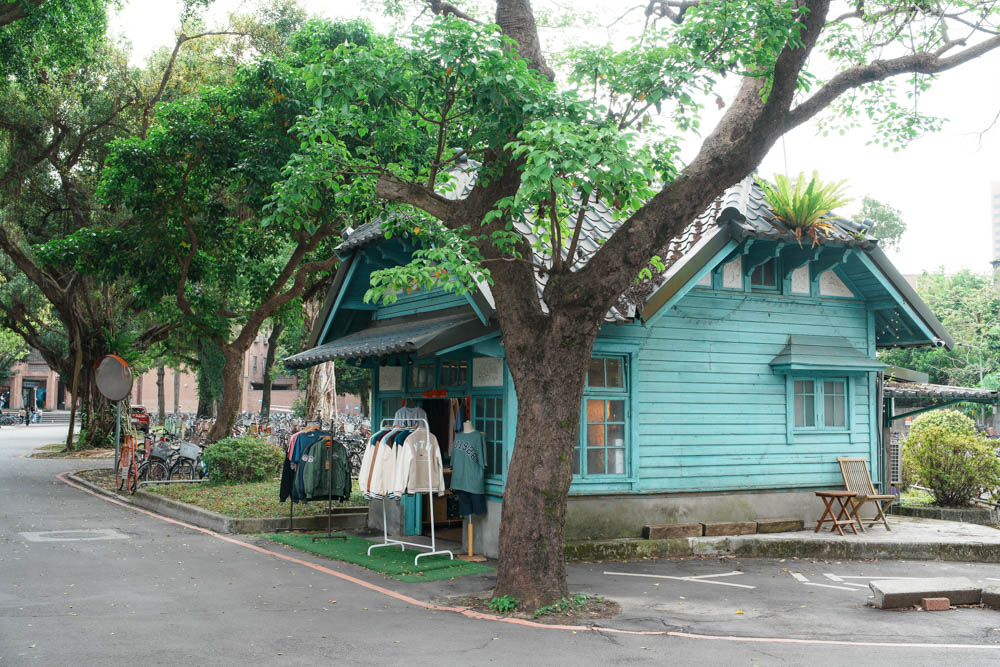

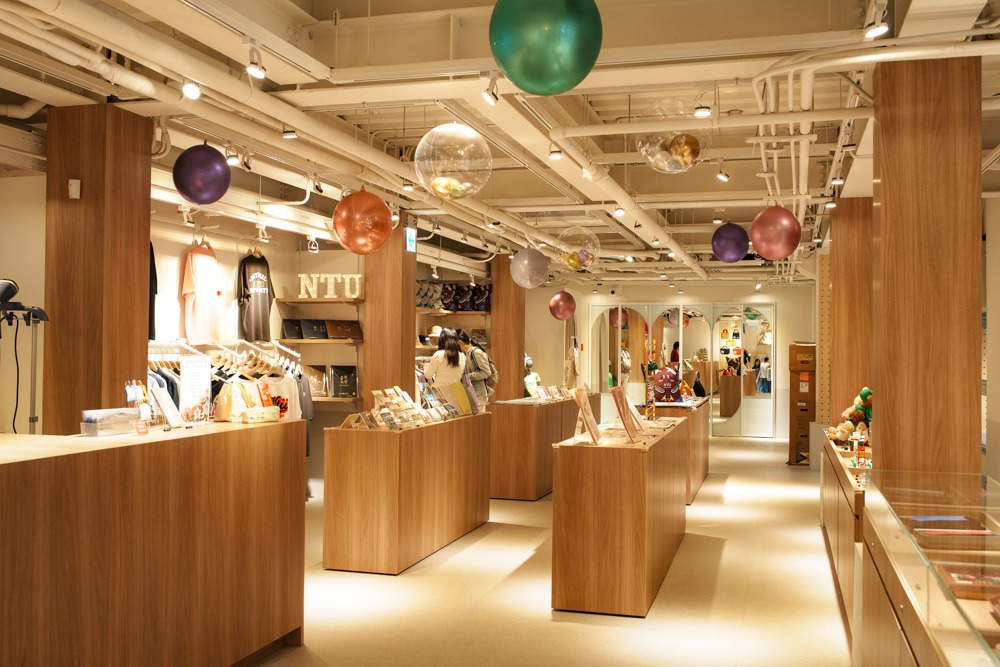

National Taiwan University 國立台灣大學
1, Sec. 4, Roosevelt Rd., Daan Dist.
(02) 3366-3366
www.ntu.edu.tw
Taipei National University of the Arts
Built atop a southwest spur of the Yangmingshan massif in Beitou District, the picturesque Taipei National University of the Arts (TNUA) offers stunning, panoramic views of the lush Guandu Plain. The school opened in 1982 as the National Institute of the Arts without a campus, making do in several National Taiwan University facilities before settling in New Taipei City’s Luzhou District.

In 1991, TNUA returned to Taipei City with a newly built campus situated uniquely upon a steep slope. Chu-yuan Lee, the architect of Taipei 101, also applied his East-meets-West sensibilities to the main buildings here, creating a complex of structures with red bricks, gray walls, and black roof tiles that express traditional motifs with modern materials and design details. Each building features a courtyard, and the overall spatial layout traces the rolling terrain and integrates into the natural landscape. There are plenty of footpaths and green spaces to roam about, and art installations to see along the way. Visitors should keep their eyes peeled as even a bench, pavement marking, or bus stop decoration can be a work of art.

It’s quite a trek up the hill following Xueyuan Road from Zhongyang North Road, but once you have reached the campus, the sights are rewarding. Visitors will first come to the Egret Grassland, a favorite spot for its namesake bird, as well as the 22 royal poinciana trees and 22 lamps honoring the institute’s 22nd anniversary. But the main attraction is the three water buffaloes that hang out leisurely here – students affectionately refer to them as the “divine guardian beasts” of the school. The first water buffaloes were first brought to TNUA in 2005 for an art performance by Singaporean artist Srinivasan Chandrasekaran; after the show, they were settled on the grassland and became an accidental tradition.
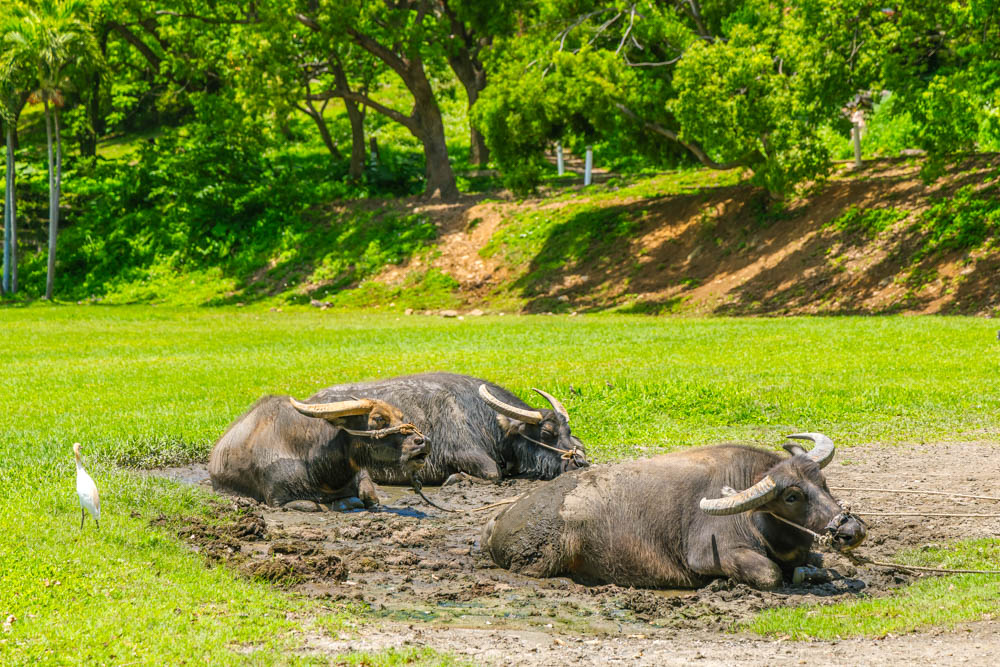
The school’s Performing Arts Center manages three professional-grade venues: the concert hall, dance theater, and experimental theater, offering programs by students and outside artists to the public. The center has also hosted the annual Kuandu Arts Festival since 1993, a multi-day extravaganza that mostly features graduation works by performing-arts students. The Kuandu Museum of Fine Arts is Taiwan’s first fine arts museum located on a university campus, putting on exciting international and local art exhibitions in its nine galleries across six stories.

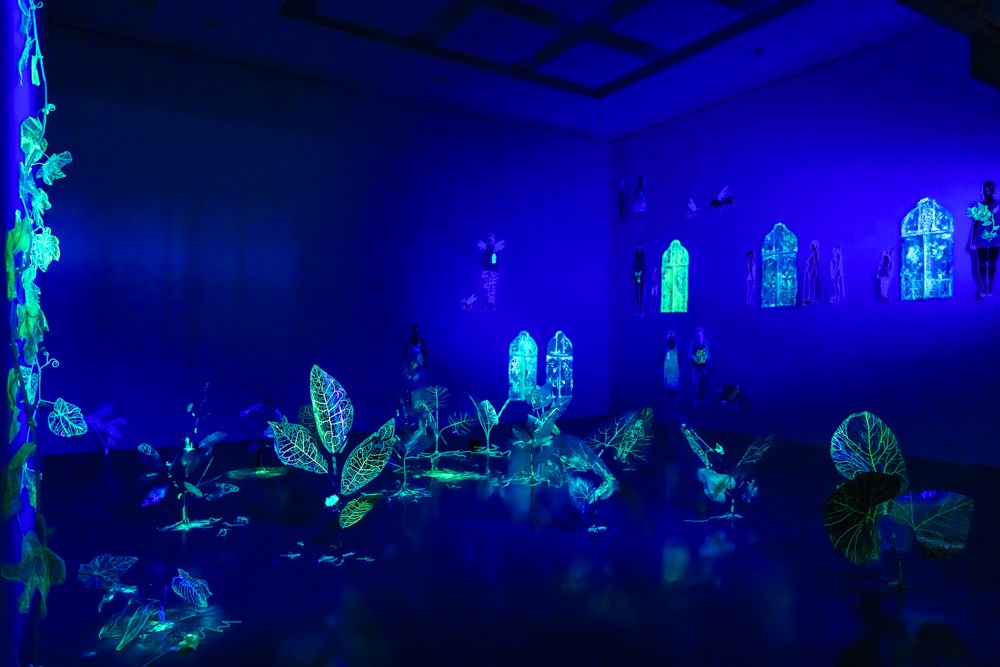
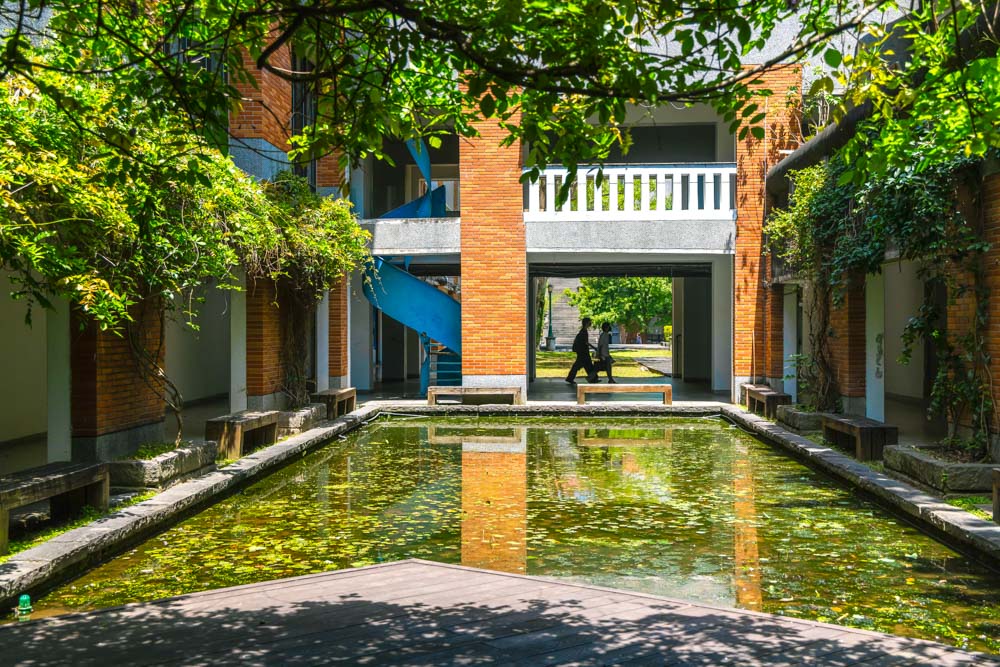
The spacious TNUA Bookshop is an independent shop currently run by an alumnus. Visitors can peruse a wide range of tomes on the arts, humanities, social issues, and life aesthetics in a relaxing environment.
There are plenty of vantage points across campus with the plains below; those looking to rest their weary legs and grab a bite can visit DaVinci’s Kitchen or Hui Sun Coffee and take in the scenery from the large windows or patio seating. For the ultimate vista, however, keep heading up the slope past the sculpture park and acacia trees to reach the outdoor Forest Theatre, the highest point on campus. From here, one can see as far as the mouth of the Tamsui River emptying into the Taiwan Strait. Those who still have energy can tackle the hiking trail up Mt. Zhongyi, a secluded path of mostly stone steps teeming with wildlife.
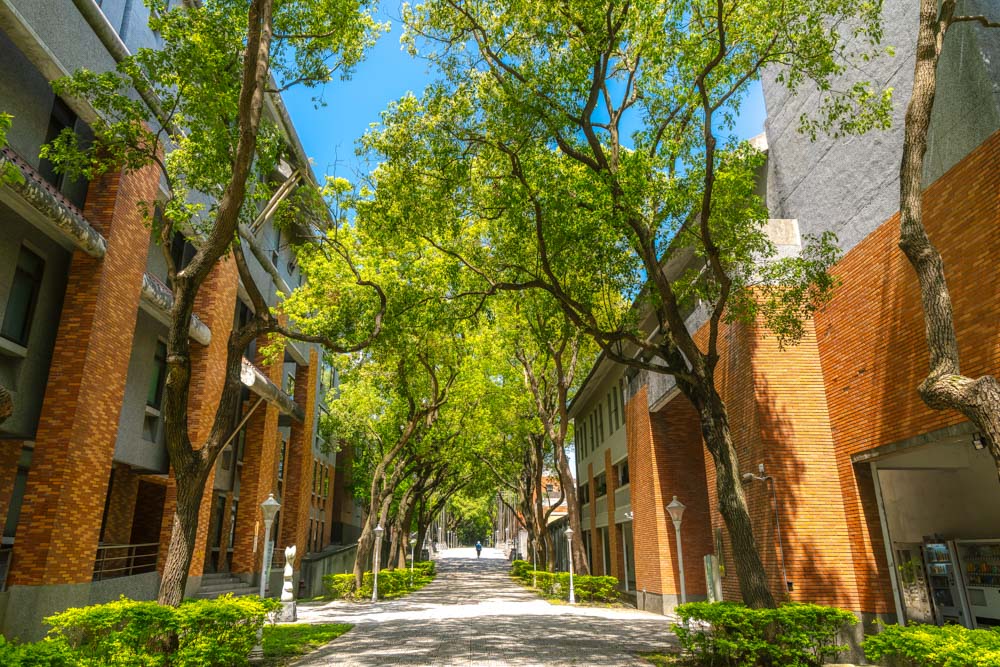
Taipei National University of the Arts | 國立台北藝術大學
1, Xueyuan Rd., Beitou Dist.
(02) 2896-1000
w3.tnua.edu.tw
National Chengchi University
First established in 1927 by the Chinese Nationalist Party in Nanjing to train party cadres and civil servants, National Chengchi University (NCCU) was the first institute of higher learning to be revived in Taiwan after the authorities retreated to the island upon losing the Chinese Civil War in 1949.
Facing a pressing need with National Taiwan University as the island’s only university, NCCU reopened its doors in 1954 at the foot of Taipei City’s southern hills in Wenshan District. Over the years since, it developed into a research-based institute focusing on the humanities and social sciences.
Located at the confluence of the Jingmei and Zhinan rivers, the area around the university is quite scenic and brimful with wildlife. The riverside bike paths, recreational parks, and tranquil on-campus trails are often visited by locals and tourists alike.
Upon entering the main gate, the school’s three officially listed historical structures are immediately visible: the Guo Fu Building, Zhi Xi Building, and Si Wei Hall, which respectively served as the original administrative office, main library, and activity center. They’re built in the same austere style: simple two-story concrete structures with gray-terrazzo façades and large front windows.
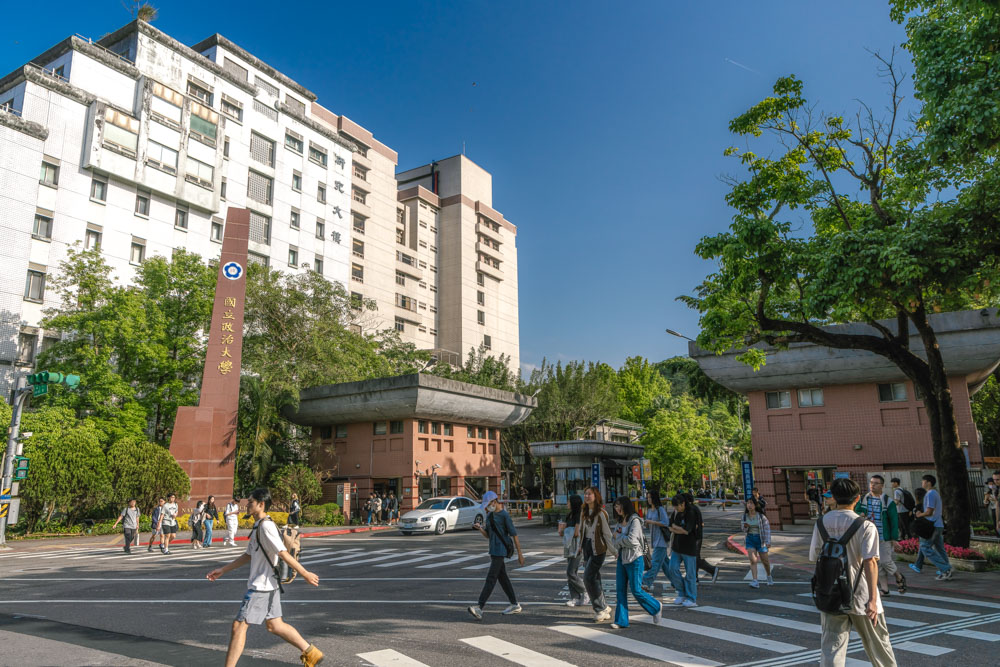
Built in 1959, the unassuming Si Wei Hall is a beloved campus icon. Over the decades, countless events such as general assemblies, final exams, school anniversary celebrations, graduation dances, and singing contest took place here. The school once considered replacing it with a larger, modern building, but ended up deciding to renovate it due to strong objections from alumni.
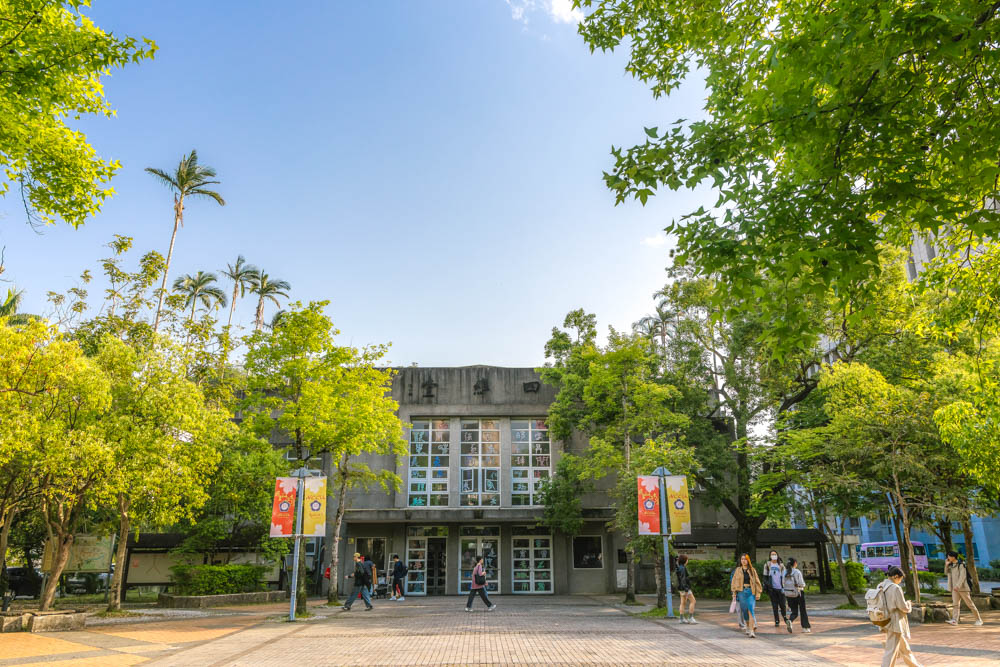
Next to Si Wei Hall is the Main Library, whose Mandarin name Zhongzheng Library pays respect to the former president and school principal Chiang Kai-shek. The building’s exterior resembles a bastion, with its four corners protruding, giving it the appearance of a giant diamond. At the center is an atrium that facilitates natural lighting and air circulation.
Near NCCU’s rear gate stands a prominent bronze statue of Chiang Kai-shek on horseback. This monument is a well-known student meeting spot and a frequent canvas for creatively expressing demands to the university, sometimes through acts like splashing paint or wrapping it in toilet paper. The statue has also inspired a few campus legends, including one whimsical tale claiming the horse switches its standing front leg when weary at night.
The real star, however, is the Dah Hsian Seetoo Library, widely considered one of the most beautiful in Taiwan. Completed in 2019, this monumental eight-story structure, donated by the Ruentex Group to express gratitude to Professor Dah Hsian Seetoo, is built into a grassy hill, with a large surrounding terrace overlooking a picturesque lake and school buildings dotting the hills beyond. The interior is quite spectacular, as the seven floors of bookshelves and reading desks are intricately arranged around a central, top-lit atrium, making for captivating views from different levels and angles.

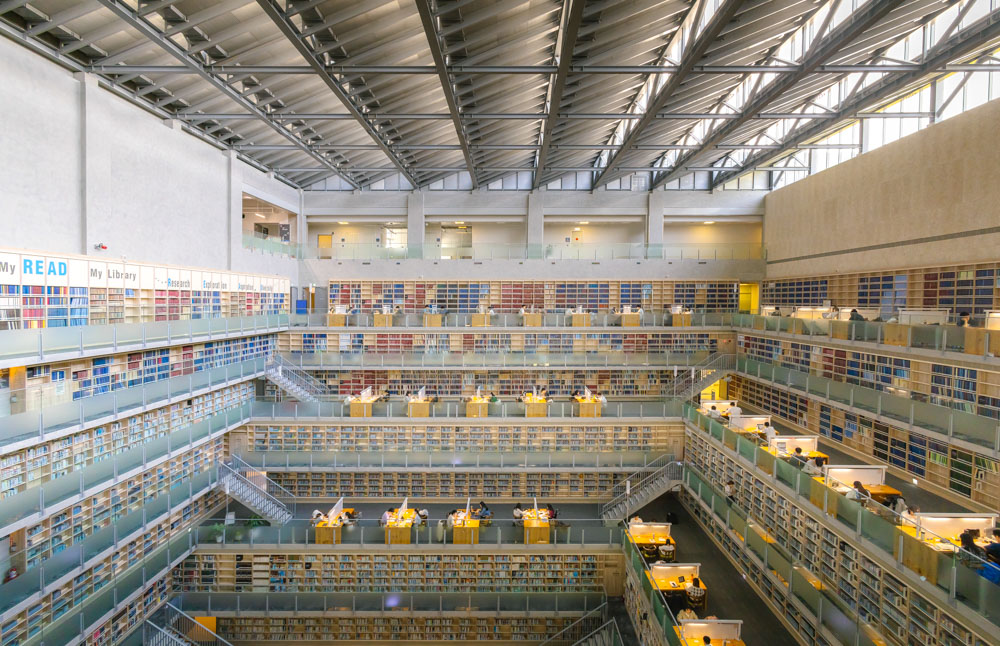
Cross the Zhinan River to NCCU’s rear campus, where a series of nature trails crisscross the hilly terrain. Hikers can opt for a relaxed stroll or challenge themselves on the Xing Jian Trail, a long, steep stairway that directly cuts up-mountain to the Dawn Pavilion. Nearby is the entrance to the Dragon Trail, which leads to Zhangshan Temple and the tea-sipping mecca of Maokong in the mountains beyond. Apart from hiking, the trails are also great for observing wildlife, including protected animal species such as pangolins and Swinhoe’s pheasants.
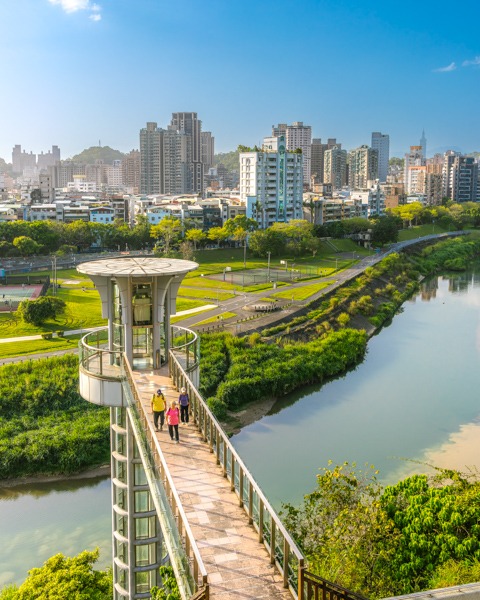
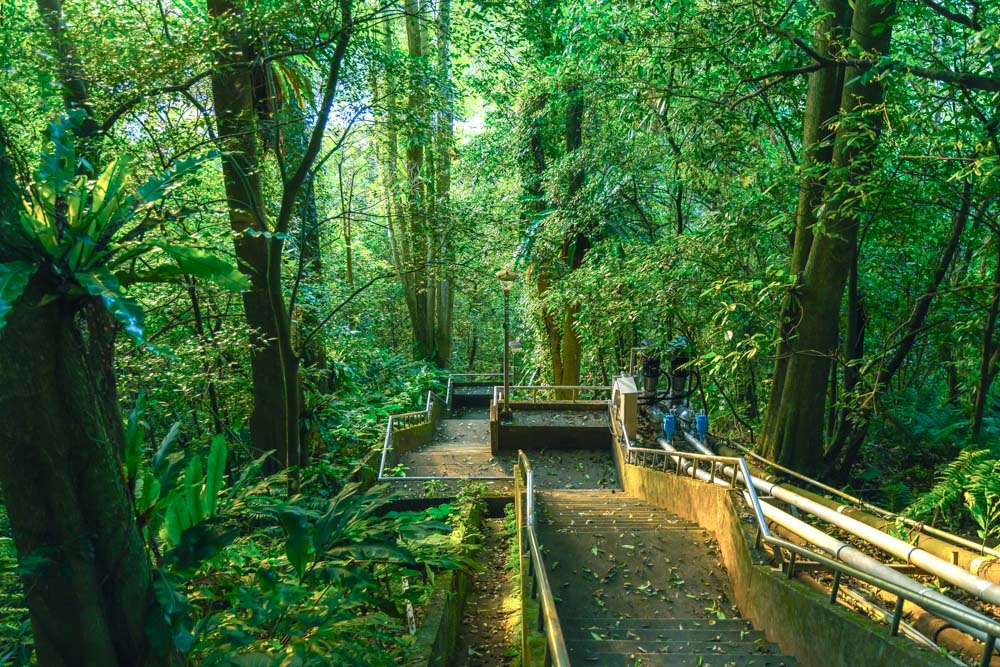
Don’t forget to grab a souvenir or two while on the campus – the shop is right by the main gate. Gear related to the NCCU Griffins, a powerhouse in the University Basketball Association, are popular items here.
National Chengchi University | 國立政治大學
64, Sec. 2, Zhinan Rd., Wenshan Dist.
(02) 2939-3091
www.nccu.edu.tw
About the author

Han Cheung
Han Cheung moved back to his adolescent stomping grounds of Taiwan in 2015 from frigid Wyoming, where he was the editor of the small town Rawlins Daily Times. He has a Master’s in Journalism from the University of Missouri and has reporting experience in the US, Latin America, and Taiwan.




